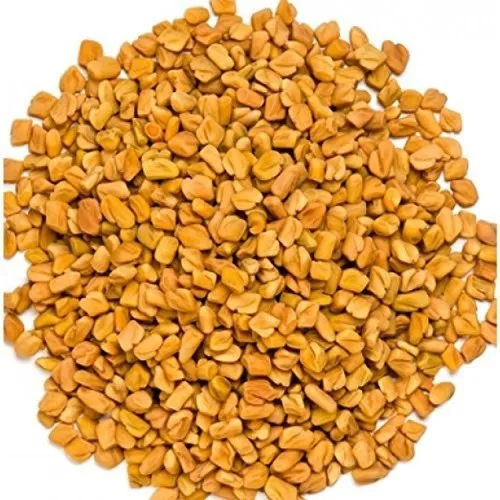
Methi (मेथी)
Methi, also known as fenugreek, is a popular herb in Nepal used for both culinary and medicinal purposes. Here's a detailed breakdown of its production and consumption in the country:
...
Get Methi (मेथी) From Nearby Stores
No Recommendations Available
We couldn't find any stores with Methi (मेथी) products at the moment.